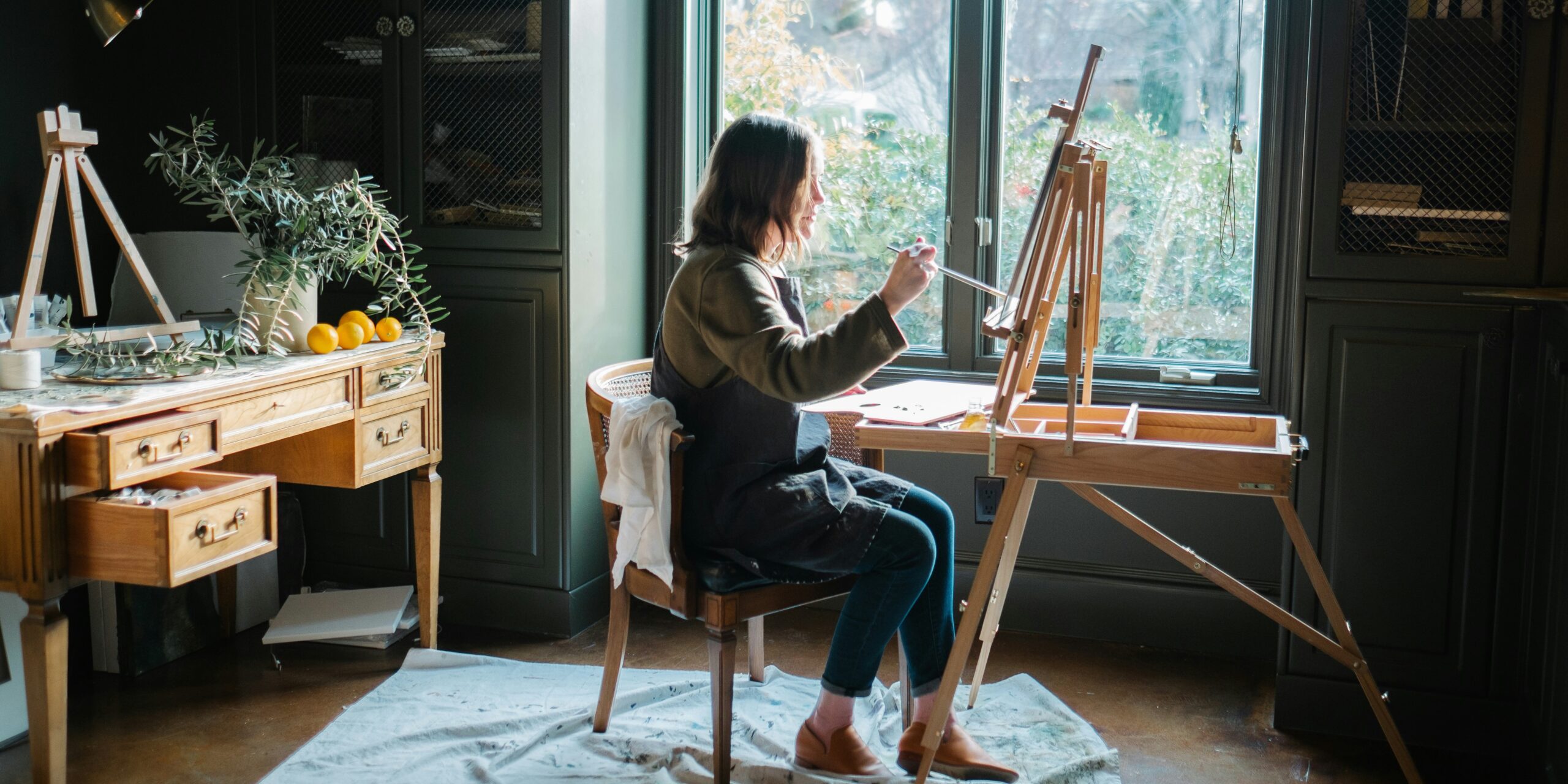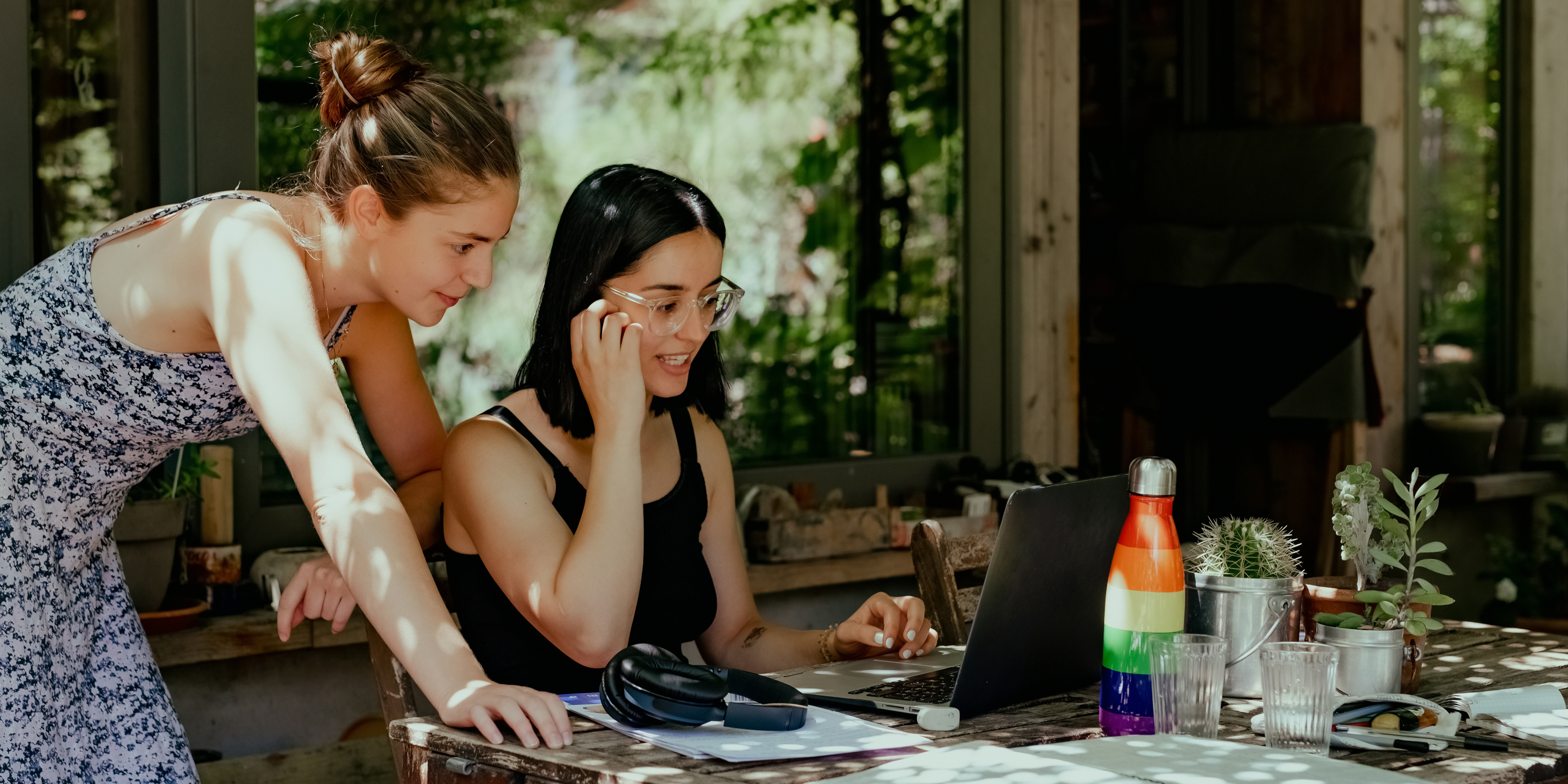As an artist, discovering a unique style is an essential part of the creative journey. It’s that recognizable touch in your work that sets you apart from others, but how does one go about finding it? For many artists, this question looms large, and while the process may take time, it’s also one of the most rewarding aspects of creating art. So, what steps can artists take to find their own unique art style?
Why Does Developing a Unique Art Style Matter?
A unique art style is often what makes an artist memorable. Think about the instantly recognizable brushstrokes of Van Gogh or the bold colors of Frida Kahlo. A personal style doesn’t just define the look of an artist’s work; it also communicates the themes, emotions, and ideas that are important to them. When someone sees an artwork and can immediately tell it’s by a specific artist, that’s the power of a distinctive style.
Finding this style, however, isn’t about forcing yourself into a specific category. It’s about evolving naturally, experimenting, and allowing your personal preferences to shape how you express yourself. According to art historians and industry experts, a unique style isn’t something that’s imposed. Instead, it emerges over time as artists explore different mediums, techniques, and influences.
The process of discovering an art style often involves trial and error. Artists should embrace this part of the journey, knowing that the freedom to experiment is crucial in uncovering their artistic voice. The more diverse the experiences and experiments, the clearer the stylistic preferences will become.
How Can Artists Explore and Experiment to Find Their Style?
The journey to discovering a unique art style starts with exploration. In the early stages, many artists are drawn to the works of others for inspiration, which is a healthy part of the process. By studying the styles of renowned artists, you can begin to understand the techniques, materials, and themes that resonate with you. This doesn’t mean copying but rather learning from what you admire.
For instance, Pablo Picasso went through several phases in his career before developing Cubism, the style for which he’s best known. Artists like Picasso took the time to explore different artistic approaches, which led to the creation of something revolutionary. Similarly, modern-day artists often experiment with various mediums—whether it’s oils, acrylics, or digital art—before landing on the one that best suits their ideas.
Art is deeply personal, and style can often reflect an artist’s own experiences and emotions. When experimenting with different mediums or subjects, it’s important to ask questions like: How does this material make me feel? or What am I trying to express through this composition? An artist’s unique style is often a reflection of their personality, preferences, and the messages they want to convey to their audience.
Artists also evolve by incorporating outside influences from various genres, cultures, or even other forms of media like film and music. Often, artists find that blending different inspirations leads to the most innovative work. According to psychologists studying creativity, allowing oneself to be open to various stimuli fosters deeper creative growth. From there, the repeated patterns or techniques that you find yourself returning to again and again can become the foundation of your unique style.
How Can Consistency Lead to Developing an Art Style?
While experimentation is key, consistency is what will solidify an artist’s style. Once you’ve explored different methods and materials, it’s time to narrow the focus. Choose the techniques that feel most natural and practice them consistently. Over time, consistent practice helps refine the nuances that give an artist’s work its unique touch.
Many renowned artists emphasize the importance of routine and discipline in developing a style. Creating art regularly helps artists gain confidence in their work and makes it easier to identify patterns in their creations. These patterns, whether found in color choices, subject matter, or the texture of brushstrokes, are what form the basis of an artist’s style.
However, consistency doesn’t mean getting stuck. A signature style should have room for evolution. As artists continue to grow and experience new things, their work will naturally shift. In this way, an artist’s style isn’t static; it evolves with them, allowing for lifelong growth. Art educators suggest that maintaining an openness to change, even once a style is found, can lead to even greater artistic breakthroughs.
Ultimately, it’s important for artists to trust the process. Your unique art style will emerge not from trying to mimic others but from your own exploration and consistency. The key is to create work that feels authentic, driven by your passion and experiences. Over time, your voice as an artist will shine through.
Finding a unique art style is not a race; it’s a process that takes time, experimentation, and practice. By embracing exploration, learning from different influences, and practicing consistently, artists can gradually discover the style that speaks to them most. Every artist’s journey is different, and there’s no one-size-fits-all approach. What matters most is that the artist stays true to their creative instincts and allows their personal preferences to shape their work.
As artists continue to grow, their style will evolve with them, reflecting both their technical abilities and the unique perspective they bring to the world. So, enjoy the process of discovery, and trust that your unique artistic voice will emerge in its own time.







